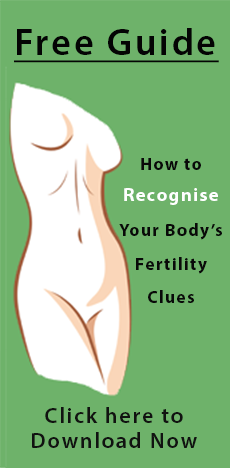How can I help my baby to get the milk?
Your milk will flow more easily if you are relaxed and comfortable at feed times. This is not always easy in those early days when everything is new and strange and you and your baby are still getting to know each other. The following hints may help:
- Cuddle your baby close to you before offering the breast;
- If your baby is too sleepy to feed and you are taking any medications, ask your doctor if they could be affecting your baby;
- Talk to your doctor if pain from stitches is making you tense;
- Draw the curtains if you feel you would like privacy in hospital;
- Breathing slowly and deeply may help you relax;
- Gently massaging your breasts and rolling your nipples between your thumb and forefinger before putting baby to the breast may start your milk flowing.
How do I know my baby is getting enough?
If your baby is feeding frequently, has plenty of pale, wet nappies (at least 6-8 in 24 hours), on breastmilk alone, is gaining weight and seems reasonably alert, active and happy, then relax… Babies will enjoy being nursed and cuddled – lots of loving attention will not ‘spoil’ them.
How can I increase my milk supply?
If you feel your supply is low, feed your baby more often. Take things easy for a few days … just relax and let your baby breastfeed often. The more milk your baby takes from your breasts, the more milk you will make.
Do I have to eat or drink particular foods?
There are no magic foods which will increase the milk supply – a sensible balanced diet is the key. It is a good idea to avoid those foods which upset you or to which other family members are allergic.
What about night feeds?
New babies wake at night from hunger and need to be fed. This also helps your milk supply. Some babies sleep through the night quite early – others take much longer. Breastfeeding is the quickest and easiest way to soothe and settle your baby.
Can I breastfeed and return to the paid workforce?
More and more women are able to combine breastfeeding and working in the paid workforce. It is suggested that you read ABA’s booklet Breastfeeding, Women and Work and contact an ABA breastfeeding counsellor to discuss ways working and breastfeeding might be possible for you.
Where do I get more breastfeeding help and information?
Do not let worries or problems build up. In hospital, talk over your concerns with the staff and your medical adviser. Read ABA literature such as Breastfeeding…. naturally” or the ABA booklet An Introduction to Breastfeeding, both available from Mothers Direct.
ABA has donated literature to the maternity sections of hospitals and visits them regularly. At home, contact your child health sister or medical adviser and telephone your local ABA breastfeeding counsellor Talking over your worries when they are small should prevent them becoming large.
Thanks to the Australian Breastfeeding Association for allowing us to reproduce this information.

